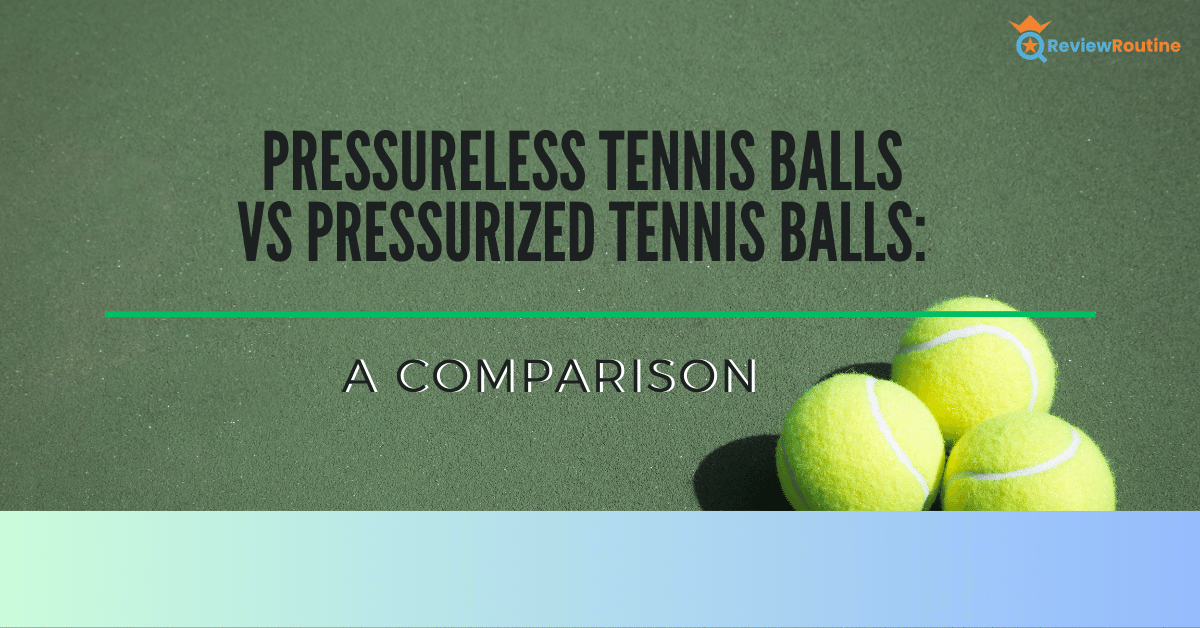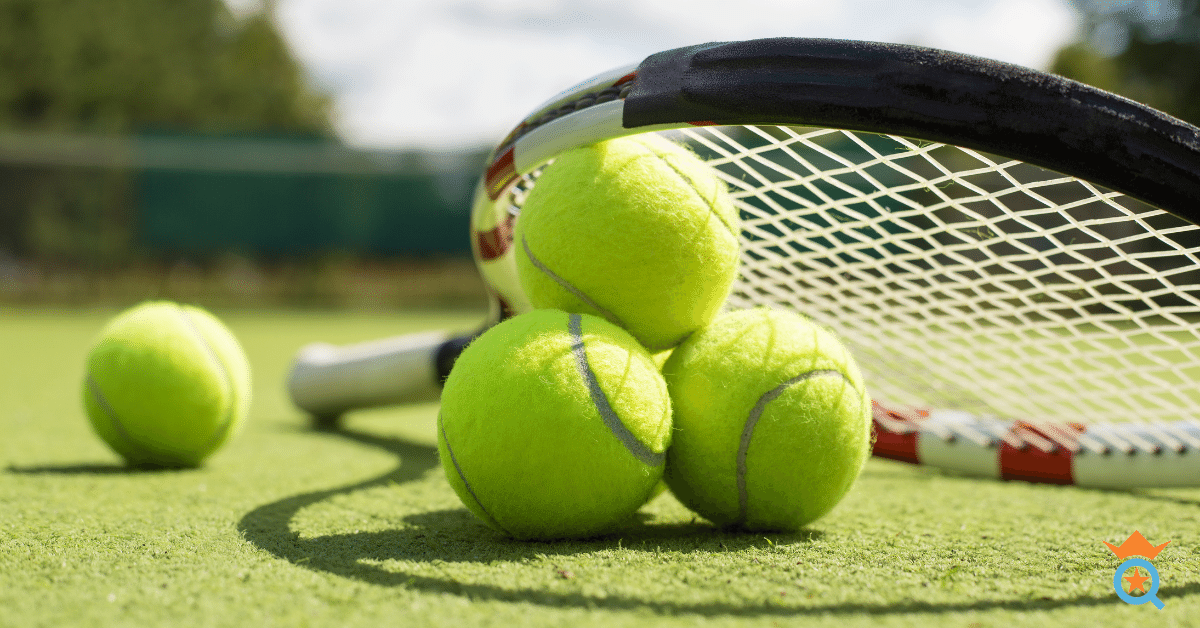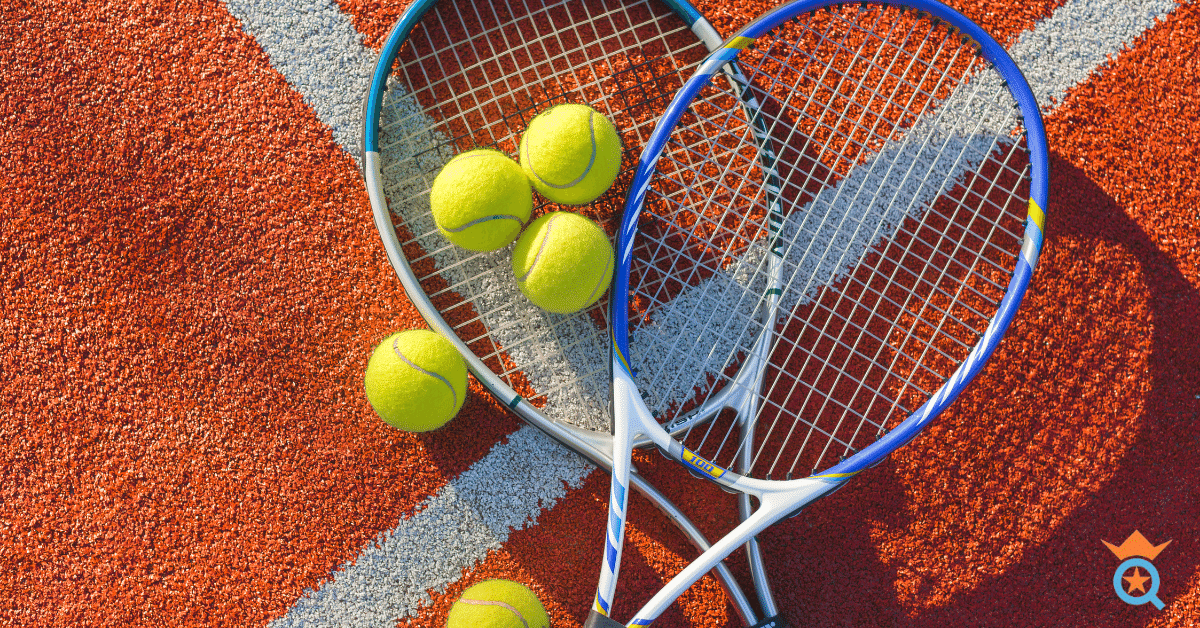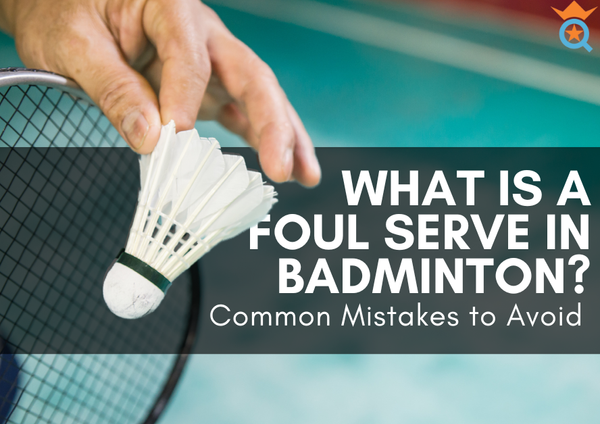In the world of tennis, the right ball can make all the difference in your game. But with so many options on the market, how do you choose the perfect one for your needs?
In this comprehensive guide, we'll dive deep into the unique characteristics of pressurized and pressureless tennis balls, exploring their advantages and disadvantages, and providing practical tips for maintaining their performance.
With this knowledge, you'll be well-equipped to make an informed decision and elevate your tennis experience, whether you're a casual player or a competitive athlete. So, let's get started on the journey to finding your ideal practice tennis balls!

Understanding Pressurized Tennis Balls
If you've ever opened a new can of tennis balls, you're familiar with the distinct smell and the lively bounce of the balls right out of the package. But have you ever wondered why that is? The answer lies in the internal pressure and construction of pressurized tennis balls.
Pressurized tennis balls are designed to provide an optimal playing experience, and a significant factor contributing to this is their enhanced bounce. Each ball is filled with pressurized air or nitrogen gas, which gives them an internal pressure of 14 pounds per square inch (psi). This pressure is also maintained inside the can, which is vacuum-sealed to prevent the gas from escaping.
When a pressurized ball makes contact with the court, the internal pressure causes it to compress and then quickly return to its original shape, resulting in that satisfying bounce we all love. This lively feel is one of the main reasons why pressurized balls are the preferred choice for professional players and tournaments.
Pressurized tennis balls are lighter than their pressureless counterparts, which offers a couple of key benefits. First, their lighter weight allows players to generate more spin on their shots. This added spin can give players an edge in matches, as it makes their shots harder for opponents to predict and return.
Secondly, the reduced mass of pressurized balls allows them to travel faster through the air. This increased speed can be a significant advantage during a fast-paced match, as it gives opponents less time to react and adjust their position on the court.
Pressurized tennis balls are the official choice for most professional tournaments, including the prestigious Grand Slam events. According to the International Tennis Federation (ITF), tennis balls must meet specific criteria to be approved for competition use. These requirements include factors such as size, weight, and rebound height, which are all influenced by the ball's internal pressure.
To put things into perspective, a study published in the journal "Sports Engineering" found that pressurized tennis balls can lose up to 20% of their initial pressure within the first 24 hours of being removed from the can. However, even with this pressure loss, they still typically outperform pressureless balls in terms of bounce, spin, and speed.

Exploring Pressureless Tennis Balls
While pressurized tennis balls are undoubtedly the more popular choice for players, pressureless tennis balls offer some unique qualities that set them apart. Let's take a closer look at these distinct characteristics and understand how they impact the game.
One of the most notable features of pressureless tennis balls is their gradual increase in bounce. Unlike their pressurized counterparts, these balls don't have any internal pressure or gas to provide an initial lively bounce. As a result, they may feel "dead" or flat when you first start playing with them.
However, as you continue to use pressureless balls, the felt cover begins to wear away, and the rubber inside starts to soften. This process leads to an improvement in the ball's bounce over time, making it more enjoyable and responsive as you play.
Pressureless tennis balls are heavier than pressurized balls, and this added weight has both advantages and disadvantages. On the one hand, the extra mass can make pressureless balls more durable and less susceptible to wear and tear. They are often used for a tennis ball machine or a practice session where extended durability is crucial.
On the other hand, the greater weight of pressureless balls requires players to exert more force when hitting the ball. This increased force can potentially lead to a higher risk of injury, particularly in the arm, wrist, or shoulder. For this reason, players should be mindful of their technique and body mechanics when using pressureless balls.
Over time, the spin response of a pressureless tennis ball tends to decrease. This reduction in spin can be a disadvantage for players who rely on generating spin for their serves and groundstrokes. As the felt cover wears down and the ball's surface becomes smoother, it becomes more challenging to create the desired spin effect, impacting the overall dynamics of the game.
While there are no specific studies on pressureless tennis balls alone, several anecdotal accounts and expert opinions highlight their unique features. Many coaches and players recommend pressureless balls for use in tennis ball machines or for practice sessions, as they maintain their bounce and durability over extended periods.

Choosing the Right Tennis Ball for Your Needs
When selecting the perfect tennis ball for your needs, it's essential to consider the specific characteristics of both pressurized and pressureless tennis balls. Here's a quick breakdown to help you make an informed decision:
Pressurized tennis balls:
- Ideal for competitive match play and practice with other players.
- Offer a lively bounce, improved spin response, and increased speed.
- Lose their initial bounce over time but still outperform pressureless balls in terms of performance.
Pressureless tennis balls:
- Suitable for rebound or machine practice as they maintain their bounce over time.
- Feature a gradual increase in bounce as the felt cover wears away and the rubber softens.
- Heavier weight may require more force to hit and can potentially lead to increased injury risk.
- The reduced spin response over time makes them less ideal for those seeking to generate spin on serves and groundstrokes.
By understanding the specific attributes of each type of tennis ball, you can make the best choice for your playing preferences and requirements, ensuring an enjoyable and productive experience on the court.

The Bottom Line
Understanding the differences between pressurized and pressureless tennis balls and choosing the appropriate one for your needs is paramount in unlocking your true potential on the court. By carefully considering the unique characteristics, benefits, and limitations of each type of ball, you can make an informed decision that will not only enhance your gameplay but also fuel your passion for the sport.
Pressureless tennis balls tend to be slightly less soft than their standard counterparts, which can make them a bit harder on your hand in the long run but ultimately provide better training results overall.
Remember that the right ball can make all the difference in elevating your tennis experience, so embrace the power of knowledge and let it guide you to new heights. Now, armed with this insight, step out onto the court with confidence and determination, and watch your tennis dreams come to life!








